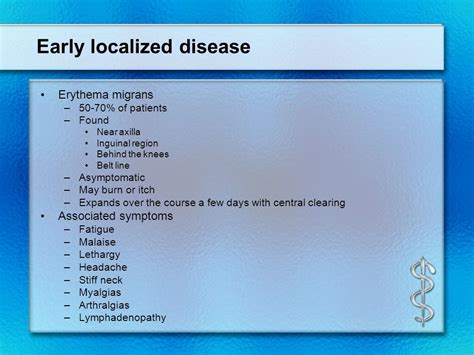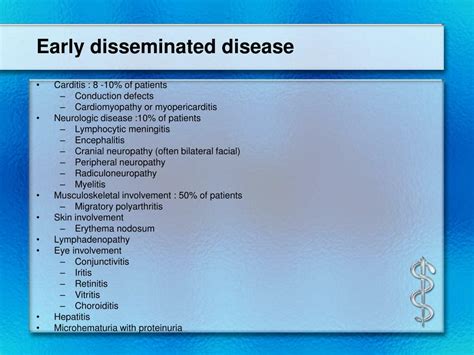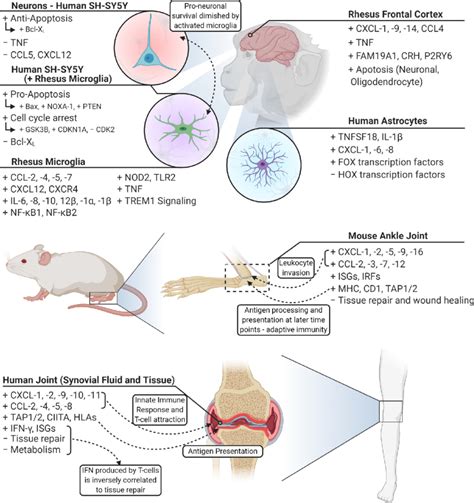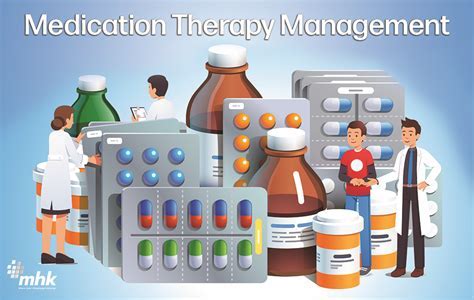Intro
Learn about the 3 Lyme stages, including early, secondary, and late-stage Lyme disease symptoms, diagnosis, and treatment options, to understand this tick-borne illness and its progression.
Lyme disease is a complex and multifaceted illness that can affect various aspects of a person's life. It is essential to understand the different stages of Lyme disease to provide effective treatment and management. The three stages of Lyme disease are crucial in determining the best course of action for patients. In this article, we will delve into the world of Lyme disease, exploring its importance, and the various stages that patients may experience.
The importance of understanding Lyme disease cannot be overstated. As a growing health concern, it is crucial to recognize the symptoms, diagnose the disease accurately, and provide timely treatment. Lyme disease can have severe consequences if left untreated, making it essential to stay informed and proactive. By understanding the three stages of Lyme disease, patients and healthcare professionals can work together to develop effective treatment plans and improve patient outcomes.
Lyme disease is a bacterial infection caused by Borrelia burgdorferi, which is transmitted to humans through the bite of an infected blacklegged tick. The disease can affect various parts of the body, including the skin, joints, and nervous system. If left untreated, Lyme disease can lead to severe complications, such as arthritis, neurological problems, and heart issues. Therefore, it is crucial to recognize the symptoms and seek medical attention promptly.
Stage 1: Early Localized Disease

Symptoms of Early Localized Disease
Some common symptoms of early localized disease include: * A distinctive rash, often with a bull's-eye appearance * Flu-like symptoms, such as fever, headache, and fatigue * Swollen lymph nodes * Joint pain and stiffnessStage 2: Early Disseminated Disease

Symptoms of Early Disseminated Disease
Some common symptoms of early disseminated disease include: * Multiple rashes, often smaller than the initial rash * Joint pain and stiffness, particularly in the knees and elbows * Neurological symptoms, such as meningitis, encephalitis, and Bell's palsy * Heart problems, such as abnormal heart rhythmsStage 3: Late Disseminated Disease

Symptoms of Late Disseminated Disease
Some common symptoms of late disseminated disease include: * Chronic arthritis, particularly in the knees and elbows * Neurological problems, such as memory loss, concentration difficulties, and mood changes * Fatigue and weakness * Sleep disturbances and depressionTreatment and Management

Treatment Options
Some common treatment options for Lyme disease include: * Antibiotics, such as doxycycline and amoxicillin * Pain management, such as acetaminophen and ibuprofen * Lifestyle modifications, such as rest, exercise, and stress reduction * Alternative therapies, such as acupuncture and herbal supplementsPrevention and Awareness

Prevention Strategies
Some common prevention strategies include: * Wearing protective clothing, such as long-sleeved shirts and pants * Using insect repellents, such as DEET and picaridin * Avoiding tick-infested areas, such as wooded and grassy areas * Conducting regular tick checks, particularly after spending time outdoorsWhat are the symptoms of Lyme disease?
+Lyme disease symptoms can vary depending on the stage of the disease. Common symptoms include a distinctive rash, flu-like symptoms, joint pain, and neurological problems.
How is Lyme disease diagnosed?
+Lyme disease is typically diagnosed through a combination of physical examination, medical history, and laboratory tests, such as blood tests and skin biopsies.
Can Lyme disease be prevented?
+Yes, Lyme disease can be prevented by taking simple precautions, such as wearing protective clothing, using insect repellents, and avoiding tick-infested areas.
What is the treatment for Lyme disease?
+Treatment for Lyme disease typically involves a combination of antibiotics, pain management, and lifestyle modifications. The goal of treatment is to eliminate the bacteria, reduce symptoms, and prevent long-term complications.
Can Lyme disease be cured?
+Yes, Lyme disease can be cured with prompt and effective treatment. However, some patients may experience persistent symptoms, known as post-treatment Lyme disease syndrome (PTLDS), which can be managed with ongoing treatment and lifestyle modifications.
In conclusion, Lyme disease is a complex and multifaceted illness that requires prompt recognition and treatment. By understanding the three stages of Lyme disease, patients and healthcare professionals can work together to develop effective treatment plans and improve patient outcomes. We invite you to share your thoughts and experiences with Lyme disease in the comments section below. Additionally, we encourage you to share this article with others who may be interested in learning more about Lyme disease. Together, we can raise awareness and promote education about this important health topic.
